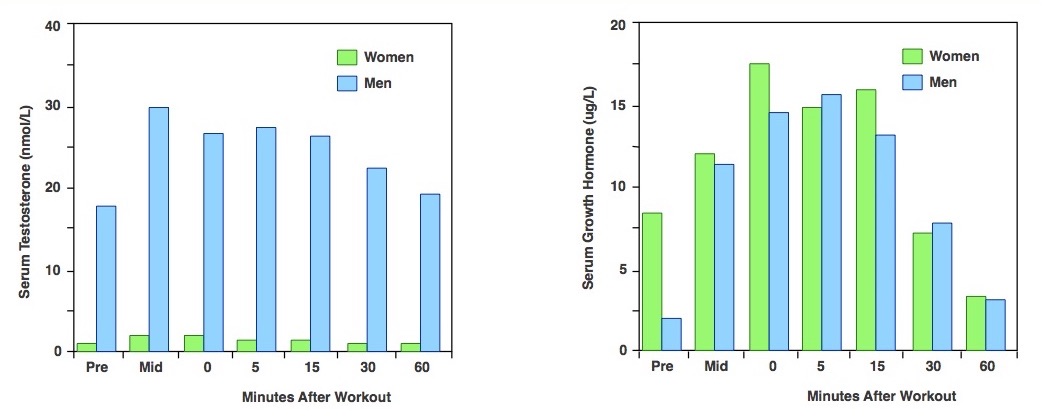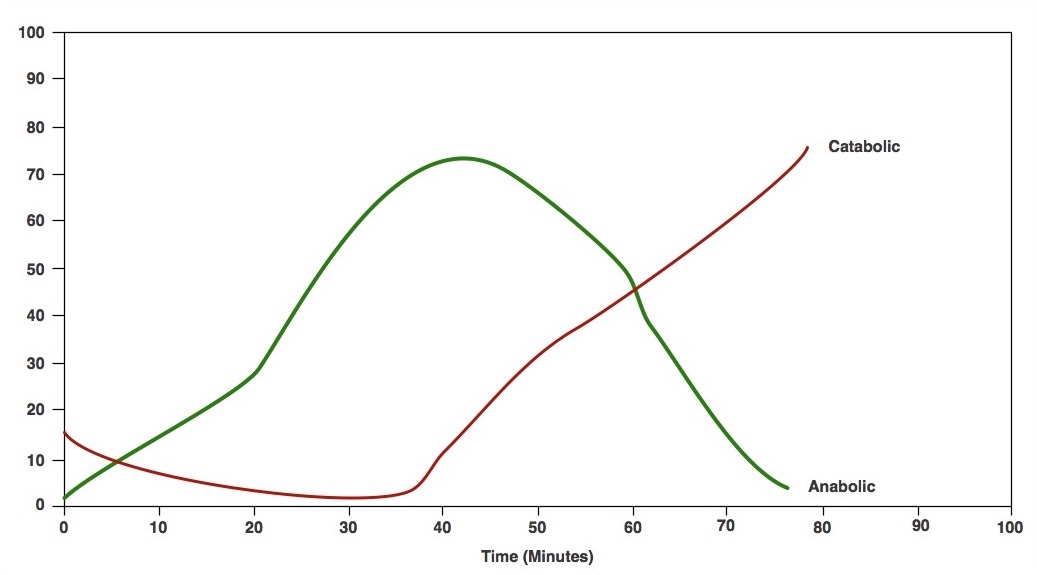Training duration maybe one of the more overlooked qualities of training but must be one of the first qualities to take into consideration for the reasons discussed below.
Defining training duration can be referred to in two primary ways.
1. Total duration of the training including warmup and warmdown process.
2. The total duration of the strength component of the training session and is also referred to as loading time.
Sub-Components of General Categorization:
1. Warm-up
2. Work period
3. Cool down
Sub-Components of Specific Categorization:
– Self Myofascial Release
– Flexibility Training
– Neurodynamic Mobilization
– Mobilization Techniques
– Activation and Control Drills
– Facilitated Neuromuscular Activation
– Core Training
– Stabilization Training
– Reactive Training (Plyometrics)
– Power Training
– Strength Training
– Metabolic Training
There are number of factors influence or are influenced by the duration of the training session and all of these should be taken into consideration when developing any program.
– Available Time
– Metabolic and Neural Stores
– Mental Intensity
– Hormonal Response
– Multi-Day Training
– Training Adaptations
– Optimal Duration
– Periodization of Duration
– Recovery Ability
– Current Stressors
Available Time
The available time that the client has should be the first consideration when determining the duration of the training session however this is often overlooked or assumed.
There is no point in developing a program that takes 90 minutes to complete when the client has only 60 minutes allocated as this would greatly reduce any chance of compliance on behalf of the client.
The available time that the client has to perform their training session should be qualified during the assessment while conducting the initial interview where their goals are discussed and the best training duration for the individual to achieve their goals is discussed and agreed upon.
The clients idea of duration may be based on the 1 hour myth. This myth only came about as personal training became more popular to make it easier to schedule sessions.
Metabolic and Neural Stores
ATP-CP and neurotransmitters stores a limited. Going beyond the limitation of these stores may result in a further shift from neural adaptations to metabolic adaptations which may result in a totally different training effect or could cause adverse effects to their health and result in over-training.
This is where some supplements may be of benefit in particular creatine monohydrate, which has shown to increase creatine phosphate stores. Others involving balancing neurotransmitters and recoverability may be beneficial in individual cases (This is discussed further in the sections on Nutraceuticals or Restoration & Recovery.
Mental Intensity
Longer training durations will result in a decrease in mental intensity thus resulting in decreased performance. The psychological effect from this may last beyond the actual training session, affecting the recovery of the individual.
An increase in psychological stress levels can trigger the release of cortisol and other stress-related hormones. These stress hormones are released in response to normal training however these can become excessive creating adrenal disregulation.
This causes a variety of physiological problems that can inhibit muscle tissue growth and repair, increase muscle tension, depress the inflammatory response, and depress the immune response, while also affect timing and neuromuscular coordination.
Hormonal Response
It has been shown that strength training increases anabolic hormones (growth hormone and testosterone). Increases in these hormones differ from male to female with females having only slight increases in testosterone, where both men and woman have a significant increase in growth hormone from the same resistance training session (Kraemer, 1991).

The above studies were conducted with an exercise program consisting of three sets of eight exercises at a 10 RM with 1 minute rest between sets and exercises, giving a total training time of approximately 48 minutes (not allowing for warm-up period).
This increase in anabolic hormones may only be true up to a point. It has been theorized that there may be a decline in anabolic response as a result of an increase in catabolic hormones (cortisol, cortisone, etc.), that act inversely to the anabolic hormones. The time frame where these anabolic hormones may decline and the catabolic rise are theorized to be between 40-50 minutes.

Multi-Day Training
In some circumstances multi-day training, where more than one training session in performed in a single day. These multi-day training sessions often try to take advantage of the hormonal response to training however this is highly individualized and is dependent on many factors.
Training duration is kept to a shorter period than if you training in a single session but in total for a single day could be greater than would have been typically trained in a single session. An example of this would be 3 sessions of 20 minutes loading time for each workout totaling 60 minutes loading time in a single day.
The following multi-day training protocols table may be applied (when applicable):

Multi-day training may also apply to different modalities of training such as seen with athletes where than may need to perform several training sessions in a single day. For example swimmers generally perform their swimming training in early morning and then may perform land training (strength training) in the afternoon. These additional training sessions must also be taken into consideration.
Training Adaptations
Short training sessions of 20-35 minutes may be more effective for neural training where longer sessions of 35-50 minutes may be more suited to metabolic adaptations.
These times seem very relatively short compared to what has generally been taught. However the rational for this is due to a number . Firstly, the rate of neural fatigue in relationship to training time.
Optimal Duration
The optimal duration of a training session should be somewhere between 20-50 minutes, depending the desired training effect; remembering that this does not include the other components of the workout such as the flexibility training and warm-up sets.
If more of a neural training effect is desired then aim for the lower end of the scale. When more of a metabolic effect is desired then aim for the upper ranges of the scale.

Periodization of Duration
As with all the training variables the duration can be manipulated to induce various responses. Generally longer workouts maybe more associated with a metabolic effect, whereas shorter workouts are more associated with neural adaptations.
However due to increased rest periods between sets with lower reps, higher load the duration of the training may not always be lowered despite the lower volume.

Recovery Ability
Individual recovery ability plays a role in determining the duration of the training session. If an individual is aiming for a metabolic effect but has poor recovery then duration should be kept towards the lower end of the scale (20-40 minutes).
To quote Charles Poliquin, “If your workout takes longer than one hour you are making friends, not training.”. of cause he was referring to the strength or loading portion of the training.
It is important to allow enough time at the end of the workout for the warm-down as this can affect the recovery process or slow any corrective processes in place.
Current Stressors
The individual’s current stressors in and outside training must be taken into consideration as this can greatly affect the outcome of the training. Over reaching when the client is already overstressed in other areas of their lives may result in over-training or compromise the recovery process.
These additional strssors may include:
1. Financial
2. Family
3. Illness
4. Nutritional
5. Environmental Toxins
